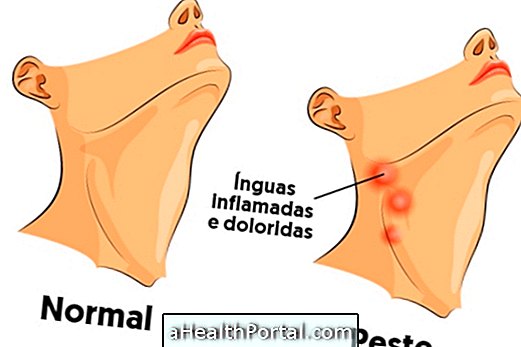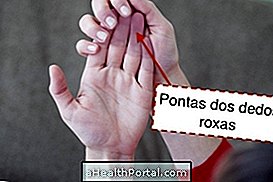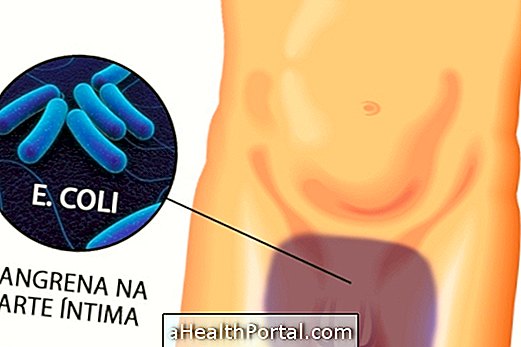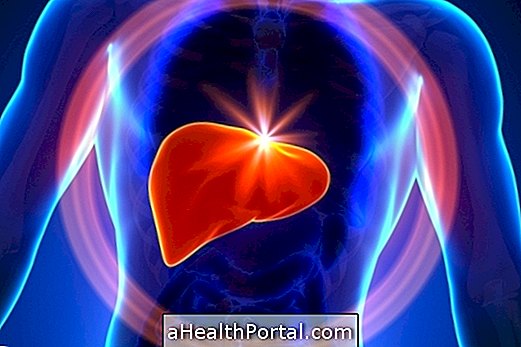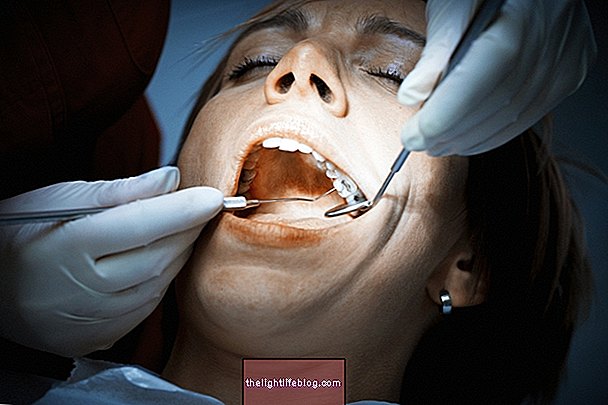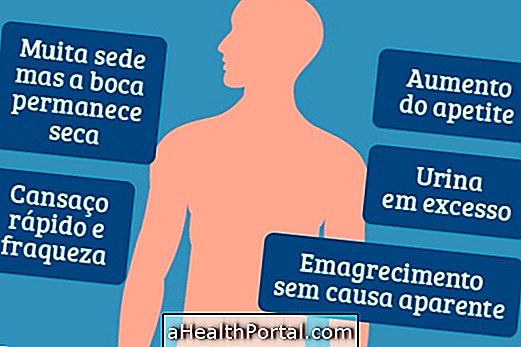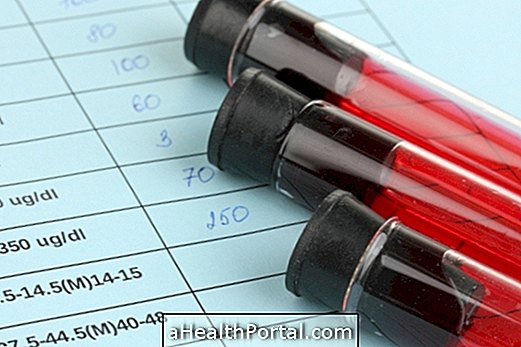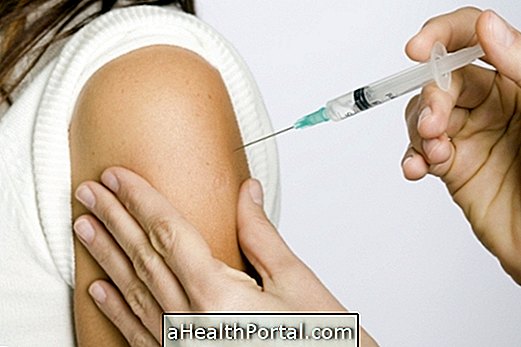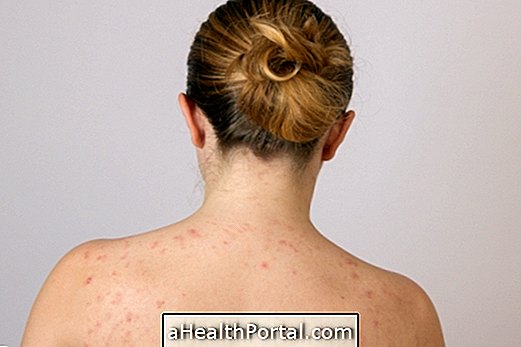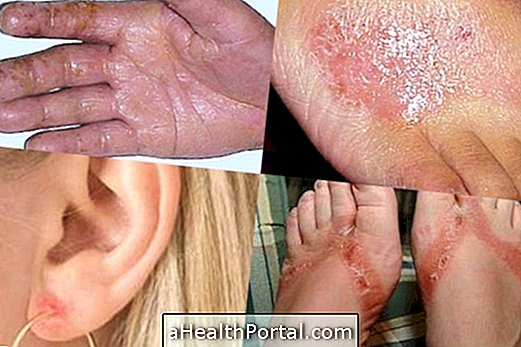In childhood urticaria vasculitis, the child has round or red or purple spots on the skin, which appear suddenly, but usually the child seems to be well without appearing to be sick. This disease has only 1 episode in life.
It is also called acute hemorrhagic edema and is a rare disease, which mainly affects babies from 3 months to 2 years of life, but although not very common, it can also affect newborns and children up to 5 years of age, especially those with atopic skin, with a tendency to allergies.
Treatment for urticaria vasculitis
The treatment should be indicated by the doctor but it is not always necessary because the disease can cure on its own in about 15 to 20 days.
Paracetamol can be indicated to lower fever and good hydration so the disease heals faster. However, your doctor may indicate the use of an ointment and cortisone tablets as well as allergy remedies that may be helpful. If skin lesions are infected, antibiotic ointment or the use of antibiotics in the form of syrup may be indicated when there are a large number of apparently infected lesions, but this is very rare.
The resolution should arrive within 3 weeks and during this time it is advised that the child does not go to daycare or school so that he or she can recover faster. Despite the severe appearance of the skin, this disease is benign and there are usually no associated complications.
Symptoms of urticaria vasculitis
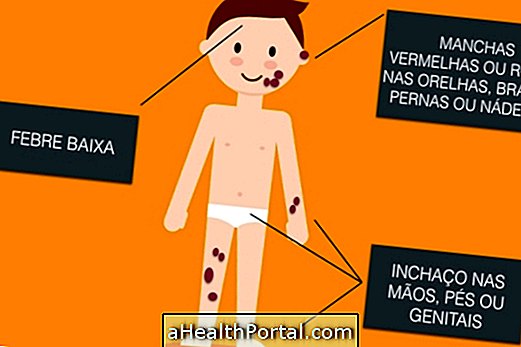
Symptoms of childhood urticaria vasculitis include the onset of:
- Low fever;
- Reddish spots on the skin that are usually located on the face, ears, arms, legs and buttocks, being uncommon to affect the trunk. The spots are similar to a medallion with well defined borders having up to 5 cm in diameter and appear suddenly. Although rare these spots may be around the eyes and the roof of the mouth;
- Small bumps in the region of the scalp, hands or feet, and may also appear in the intimate region. Mucoses such as mouth and eyes are rarely affected;
- Symptoms of pain in the joints and belly are rare.
Most often it is common for the child to have had some illness caused by viruses, such as influenza or cold, about 15 to 30 days before the onset of these symptoms.
The diagnosis should be made by the pediatrician or dermatologist and the characteristics of the lesions lead to the suspicion of this disease. There is no specific test that can identify this vasculitis, but the doctor may request a blood and urine test to check for any other disease, such as Henoch-Schönlein's purpura is the primary suspect.
Causes vasculitis urticaria
The causes of childhood urticarial vasculitis include an infection caused by a virus, but that is just one person to another. The disease can also occur after the child takes the measles, DPT or HiB vaccine, or after taking medicines like penicillin, cephalosporin, sulfamethoxazole-trimethoprim or even paracetamol.

